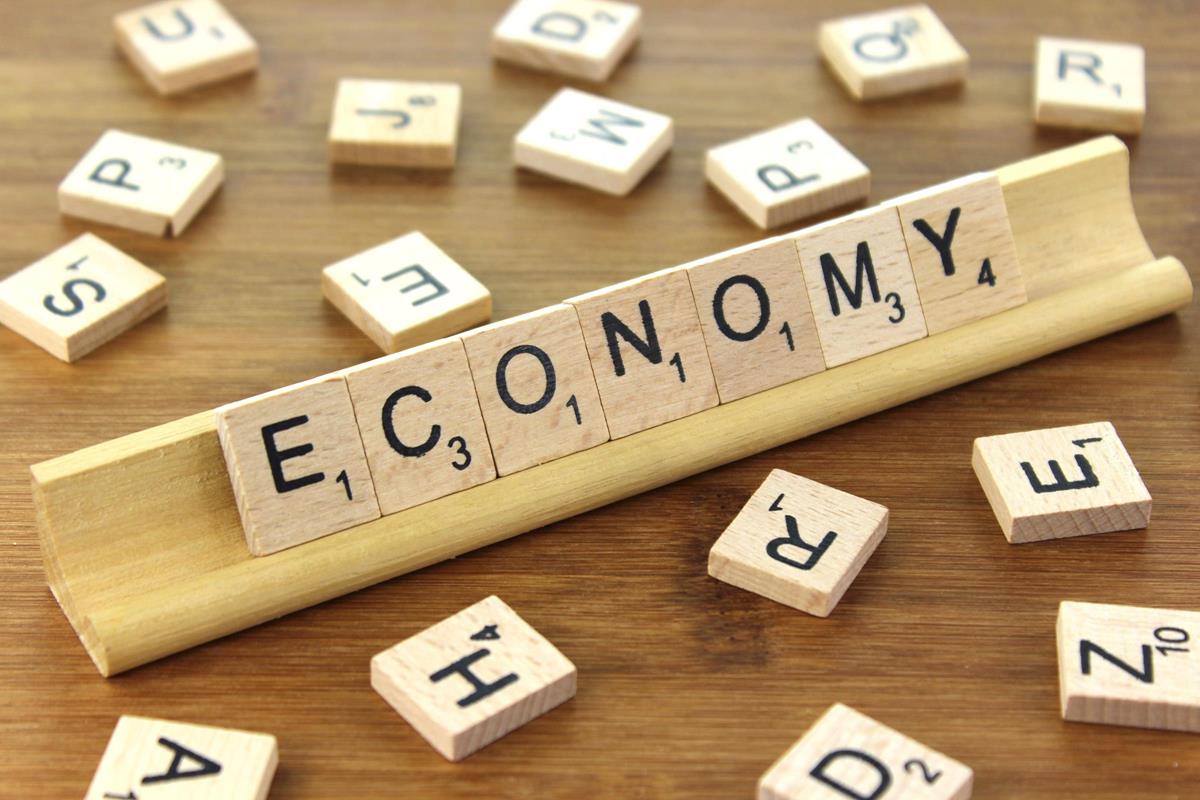During the 1980s and 1990s, the entire world was going through major changes. The Soviet Union fell and Russia was born. There were new organizations like the World Bank and IMF that were emerging in the global economy. In India, there was stability in the economy but no real growth. This is why in 1991 there was an economic change process by the Indian government. Let us take a look.
Suggested Videos
Economic Change Process of India
India had adopted the Mixed Economic Policies after Independence. The aim was to allow private ownership of resources but also provide social and economic protection to its citizens.
So most companies that provided basic products and services (like transport, railways, power, etc) were under State ownership. This allowed the citizens to avail such services at a reasonable price. But the industrial development in the country was very low, and the economy was stagnant.
So the government of India decided to make some major economic changes. The process began in the mid-1980s when for the first time the government opened up the Indian economy and the process of economic liberalization began.
This was followed by major economic reforms of 1991. The aim was to push the economic growth of the country and bring about industrial reforms and policy reforms as well.

Browse more Topics under Government Policies For Business Growth
- Privatization in India
- FDI in India
- FII in India
- Meaning of Policy and Historical Overview of Policy Framework in India
- Public Policy and its Features
- Nature and Process of Public Policy
- Post-Independence Public Policy
- Policy, Decisions, and Goals
New Industrial Policy 1991
The main objective of this policy was to fasten industrial growth in our country through an economic change in policy. There was a push to improve efficiency, raise standards to international levels and accelerate industrial growth. Some of the major changes and features of this policy were as follows,
- Previously there were 17 industries that were exclusively reserved for the Public Sector. The reforms reduced this to 8 industries (railways, atomic energy, defense, etc)
- The practice of industrial licensing was also curbed. There was no more need for extensive documentation and various permissions. The aim was to streamline the process and allow ease of access.
- This was the first policy to introduce the concept of FDI in India. This Industrial Policy allows up to 51% FDI in nearly 47 industries. Now the government allows 100% FDI in many industries. The process began here in 1991. Introduction of FDI did boost the industrial sector. Additional capital also meant more employment.
Economic Liberalization
Another important factor in the economic change process was the economic liberalization of our country. So the goal of liberalization was to make the economy more balanced and market-friendly. The efforts for liberalization and economic change were started in 1987 by trying to get rid of the License Raj prevailing in India at the time.
Finally, the policies in 1991 began the process of economic liberalization. There was a lowering of tariffs and import taxes, promotion of private investment, an overall lowering of taxes, an increase in foreign investment and FDI, deregulation of markets, etc. Liberalization has been responsible for the economic growth of the country after 1991. There was the entry of many companies such as Pepsi, Volkswagon, Sony, Samsung, Toyota, Microsoft, HP, etc. post the liberalization reforms.
Solved Question on Economic Change Process of India
Q: The government allowed the ____ route for FDI in their liberalization policies.
- Single
- Dual
- Indirect
- Direct
Ans: The correct option is B. For FDI there was a dual route of approval. The automatic route (governed by the RBI) and the government route (governed by the central government).






Good work and simplified for easy understanding😃